Riding the Wind
Griff Radulski ’14
Now that I've graduated, I'm finally living the dream. The dream, in this case, is balancing the acquisition of skills and money until I have enough of both to manage land. As a young and naive student, I decided that I would prioritize the skill-gathering and figure out the money later.1 One of the skills I want to learn most is how to drive a team of horses. So I've spent the first half of the summer as a "working student" at a beautiful draft horse farm with beautiful draft horses. The people are wonderful. The horses are wonderful. Look:
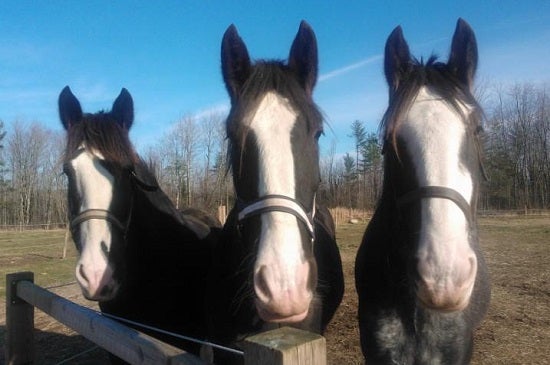
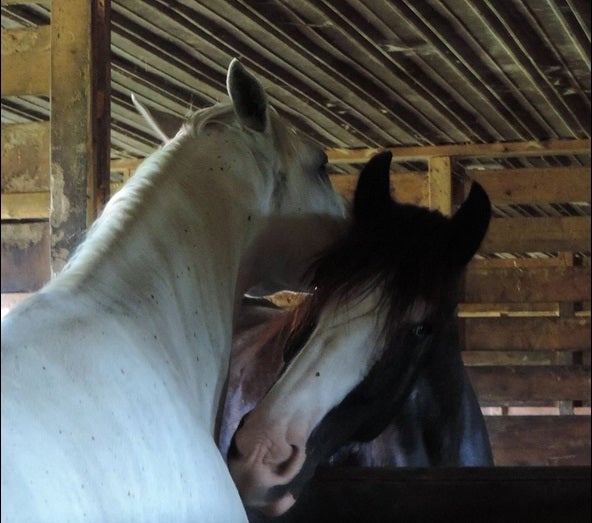
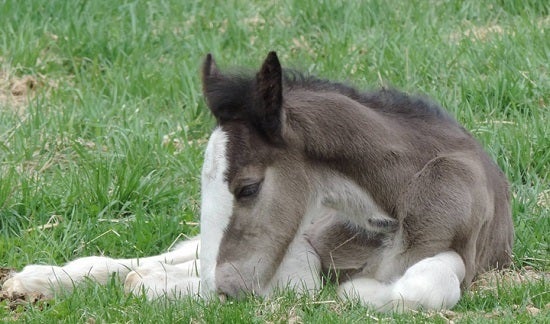
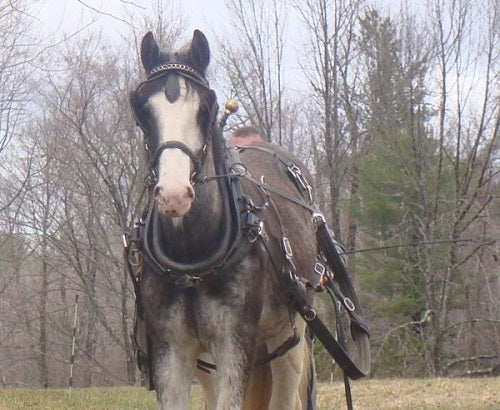
In just six weeks, I've learned many new things. I can now lead two horses to pasture at once, apply several different medications to soothe scratches,2 discourage a cheeky foal from biting me, and harness a driving horse. I also speak Horse better and take better care of my toes. I work a little harder, rest a little harder and think a little more practically now.
Unfortunately, I haven't done what I came to do: learn to drive horses. For various good reasons, the horses are not being worked. I like it here fine, most of the time, but I can't justify going into debt to stay. I'm leaving to go to Colorado with my family, and I won't be back up this way: I'm off to Cape Cod for the rest of the summer to serve mammon by cleaning houses.
This plan has perks, besides the money. My dear friend Eleanor is working the same job, so I'll get to see a lot of her, a lucky circumstance that may not happen again for awhile. And my dear friend Noah is in Woods Hole, only an hour away. I get full days off as a housecleaner — unlike horses, vacuum cleaners eat only when working — and I am imagining lovely Sundays by the shore, or swimming in the kettle ponds, or in the pretty Eastham library. (What a luxury libraries are.)
After summer's end, it's back to skills. I'm headed south for my cousin's wedding and I'm taking the opportunity to meet a farmer friend of my priest's, who keeps a team of horses and accepts interns. I'd like to see if I could work with him for a season or so, but I'm also excited just to meet him and see how he does things.
After a little time down there, I'm doing the grand tour of the Louisa County communities.3 Some of you Obies and aspiring Obies may have heard of Twin Oaks. If you haven't, it's an income-sharing community of a hundred people which supports itself by weaving hammocks, making tofu, and indexing books. It's considered one of the most organized and hierarchical intentional communities (hierarchical, that is, in an equal sort of way), and I've been imagining it as relatively staid. Then I realize it's only staid relative to its gaggle of radical anarchist sister communities, and laugh. We'll see what I think when I get there, but I doubt "staid" will be the first adjective that comes to mind.
One of the aforementioned anarchist sister communities is called Acorn Community Farm, only a few miles down the road from Twin Oaks. Acorn is smaller — about thirty people — and a lot less hierarchical. Acorn's main business is Southern Exposure Seed Exchange. In October, during my visit, they will be transitioning from the growing season to the ordering season. And packing lots of alliums, of course.
I'm also visiting Living Energy Farm. Compared to Twin Oaks, the four-year-old community is a mere infant, and in some ways it's the most radical of all: the handful of communards at Living Energy are farming without the use of any fossil fuels. "I share your goal of fossil-fuel-free farming," I wrote in my inquiry email, "and I want to help. Depending on the current needs of the community, I could come for a weekend or possibly a season." Or possibly my entire life, I thought about adding, but didn't.
I would have been half-joking. I still dream of owning my own farm someday. Lately, however, I have been looking at the price of land and have mostly replaced "owning" with "managing." I would be happy, I believe, with a long-term lease. I would be happy with any arrangement in which it makes sense for me to plant fruit trees and fence pasture. My daydream is a productive perennial polyculture, full of all kinds of life.
Although I have not yet found a place to land, my daydream has. There is a little farm in rural Kentucky surrounded on three sides by a trout stream. Most of it is forested, and the woods are clothed all in wildflowers. The few cleared acres were carefully nourished with leaf mould every year while under cultivation. There is a house with spring-fed water and a spacious cellar. I have not yet been there, but I have heard about it from the people who loved and tended it.
I don't yet know exactly how closely aligned my hopes for it are with the owners', and it may not be the place for me in real life, but it is the perfect place of which to dream. I have extremely detailed daydreams, all of which have many variations to account for the possibilities of a place I've never seen. I think about sustainable forest management and wonder if there are large patches of invasive shrubs4 and what kinds of hardwoods are already there and the best way to reestablish chestnut trees.5 I think about pasture management and wonder if it would work to rotate pasture and market garden, and whether I should get pigs. I wonder if it might be possible to run a little bed and breakfast to supplement farm income, or open a sanctuary for abused animals, especially dogs. I know I'll want a workshop, to make useful things — spinning wheels, bowls, maybe furniture someday — from the cull trees and maybe their sisters. But whether I should use power tools or hand tools alone remains to be seen.
I wonder how on Earth I will grow enough hay and grain to get through winter. I dream of harvesting spring ephemeral seeds — carefully; not too many — and growing them out for years and years and selling some of the only available really sustainable ephemeral bulbs.6 I dream of elderberries and paw paws, hazels and grapes.
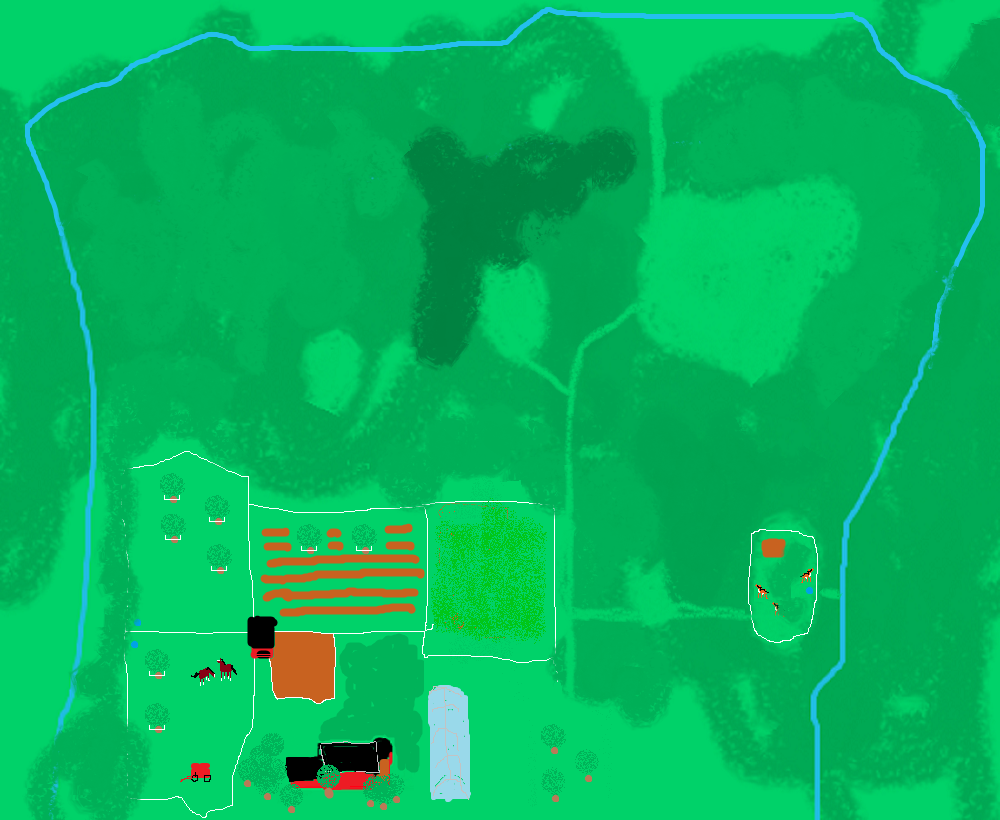
The linked image shows a rough map of the farm with the following 14 descriptions:
- From fish and game to medicinal herbs, well-cared-for woodland provides a bounty of wild edibles.
- Mature woodland can also be used for agriculture: ginseng, famously valuable and increasingly rare, can be cultivated in hardwood forest soil and provides an excellent return on investment in about 5 years.
- Mushrooms are faster to grow; some species, such as oysters and shiitakes, are commonly grown in hardwood logs.
- Living on nuts and berries sounds like the stuff of childhood fantasies, but many are quite valuable and grow readily in the forest given a little sun.
- Small clearings can provide important meadow and shrub habitat for wildlife without fragmenting bvital mature forest habitat.
- Honeybees need no explanation, so vital are they to farms ans so tasty is their honey! Wild native bees can also be encouraged with nesting boxes and reliable sources of nectar.
- Strip-tilling the market garden helps preserve sod.
- Shade trees make pastures more versatile and comfortable and can even provide food in some circumstances.
- Horses do much of the heavy work; fresh pasture and good care are their only reward.
- Chickens in their own wagon scatter manure, eating fly larvae and some parasites.
- This hoop house extends the growing season.
- Field crops like wheat, dent corn, and oats sustain animals and humans alike; fencing allows crops to be rotated with pasture.
- The primary perennial gardens, located as close to the house as possible, are home to dozens of different edible, medicinal, useful and beautiful plants; culinary and medicinal annuals are also integrated.
- Dairy goats have eaten much of the invasive shrubbery in this temporary pasture and are ready to be moved.
It will be a little while longer before I have enough resources to attempt to weave my dreams into the rich tapestry of a well-kept farm. As well as money and skills, I need companions. I can't run a whole farm by myself, and I wouldn't want to. Luckily I won't have to. Two of my friends might join me there when they are done with school, and I'm hoping some Louisa County communards might want to move west as well. If not, I will find other folks — there is no shortage of young aspiring farmers with reverence for the soil. We will succeed in farming as we did at Oberlin: in community, with plenty of luck and love.
Meanwhile I'll keep wandering. People keep asking where I live, and I don't have an answer. This feels strange to me, and I had hoped to take with me a few things that make me feel at home: my toolbox, my sewing machine, and especially the beautiful quilt that Eleanor made for me as a graduation gift. Now that I'm traveling by bike, I can't physically carry any of those things. But I still carry the (growing) knowledge of the use of those tools. And I carry the fact of my quilt, of the time and care embodied in it, the warmth wished for me, and given.
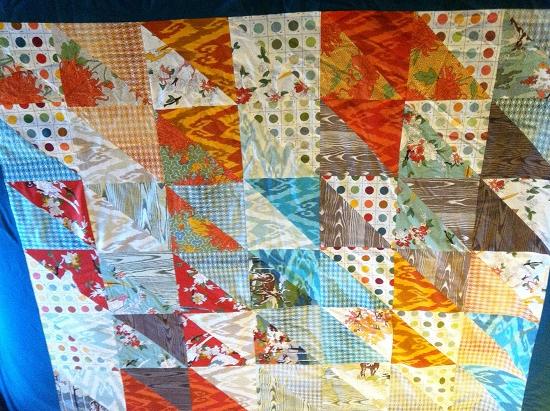
— - — - — - — - — - —
Footnotes
[1]Naturally, having been out of college for a whole seven weeks, I am no longer either young or naive.
[2]A skin condition very common in horses with long hair around the hooves, which is called feather. The feather protects the pastern and hoof from injury, but traps moisture close to the skin.
[3]Well, three of the Louisa County communities. The newest, Sapling, is for families with young children, so it's not on my list.
[4] Large enough to support a handful of goats, that is.
[5]Since the devastation of the chestnut trees (and the Appalachian chestnut economy), the American Chestnut Foundation — founded by an Obie! — has been working tirelessly to breed blight-resistant American chestnuts. They started by crossing an American tree with a naturally blight-resistant Chinese tree, then crossing the resistant progeny with more Americans. They are now on the sixth generation; trees of this generation are expected to be phenotypically identical to American chestnuts but retain blight resistance thanks to strong selection for that trait. By the time I am ready to plant chestnuts, they will probably be available to farmers willing to monitor them.
[6]Spring ephemerals leaf out in early, early spring, a few weeks before the fast-growing tree leaves above them shade them out. During those short weeks that do all their photosynthesis for the year. For the rest of the summer and fall they grow slowly underground before going dormant in the winter. As you can imagine, they grow rather slowly — many take up to seven years, in good conditions, to grow from seed to flowering plant. Instead of growing them from seed, many ephemeral suppliers simply plunder wild populations, leaving few to reproduce. It's quite difficult to find ephemeral bulbs that are guaranteed not to have been stolen.
Tags:
Similar Blog Entries
To the Sky
My thoughts on what I'd like to do post Oberlin, and how my time here has shaped those next steps.

Career Exploration at Oberlin
A deep dive into Career Exploration and Development at Oberlin.

